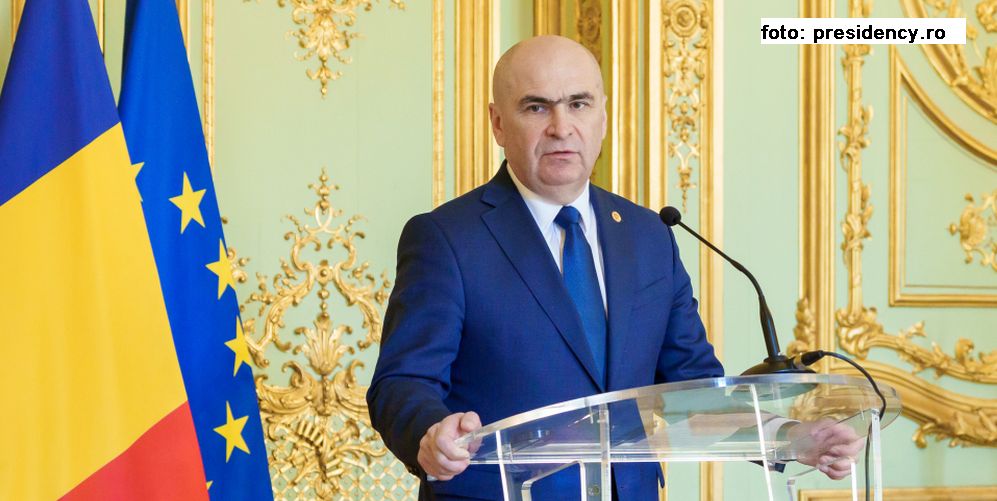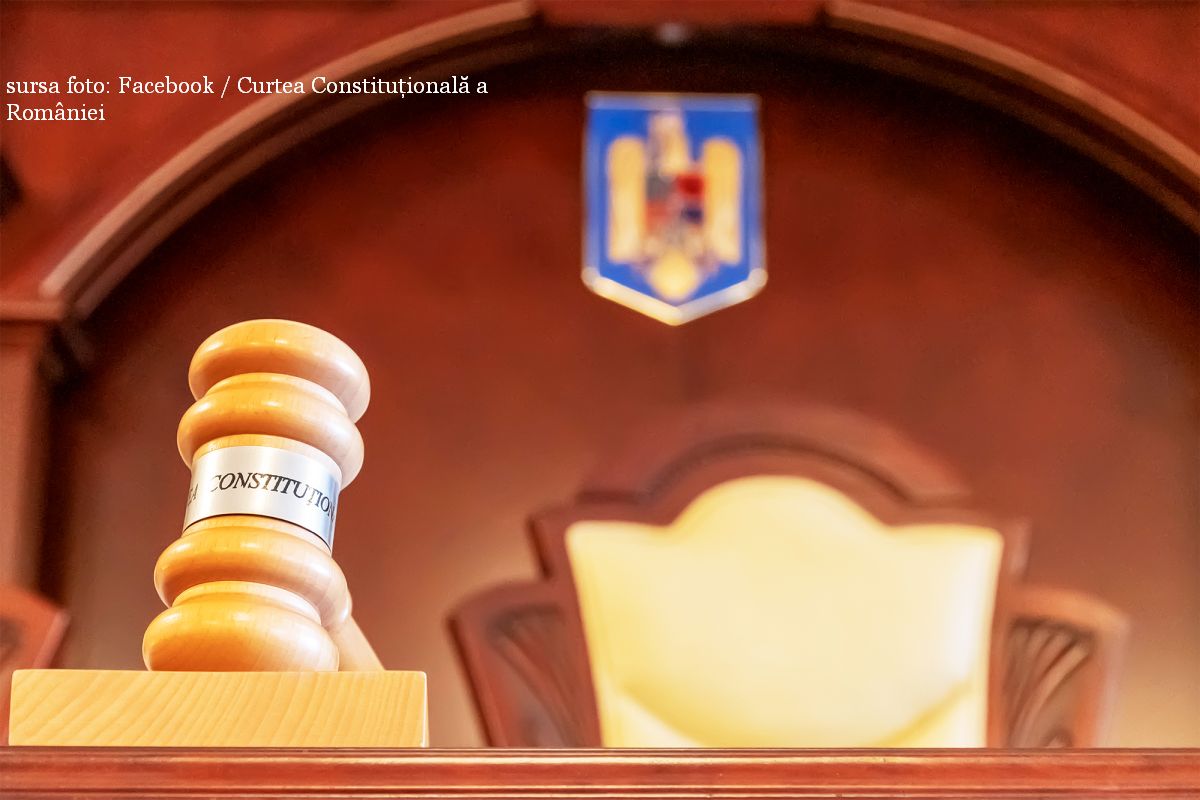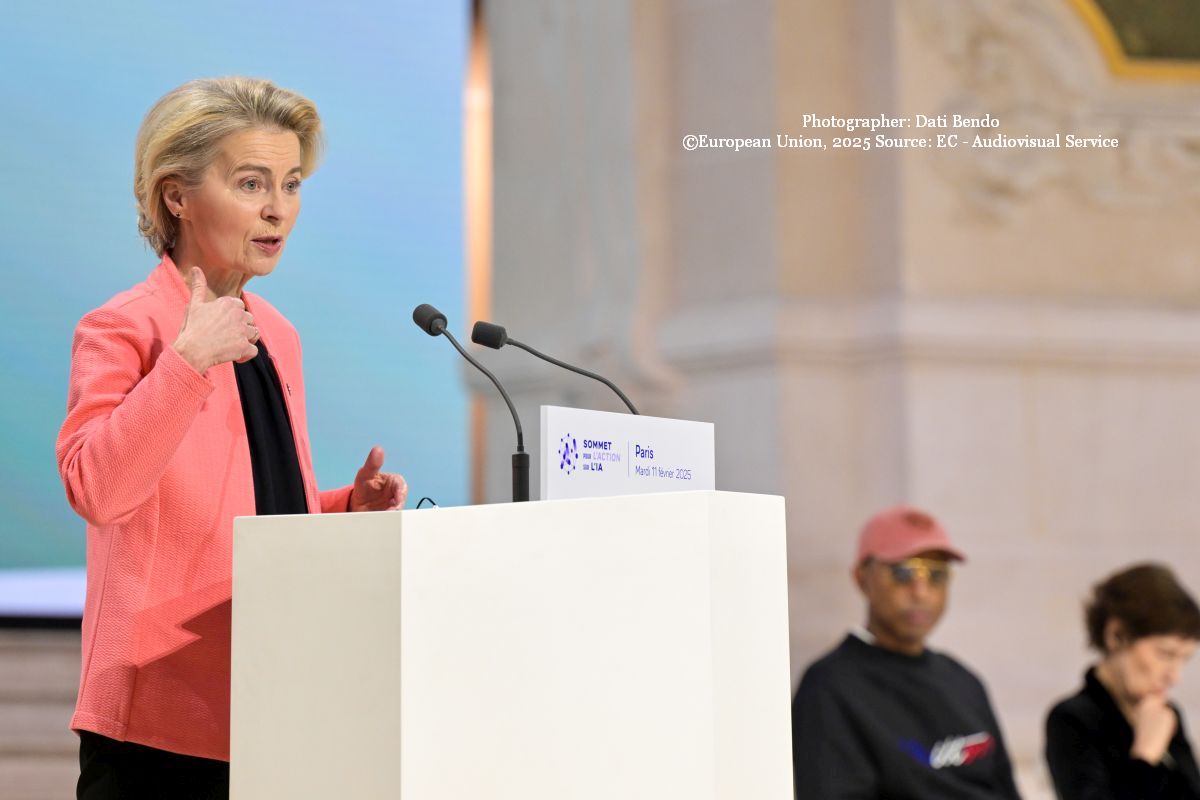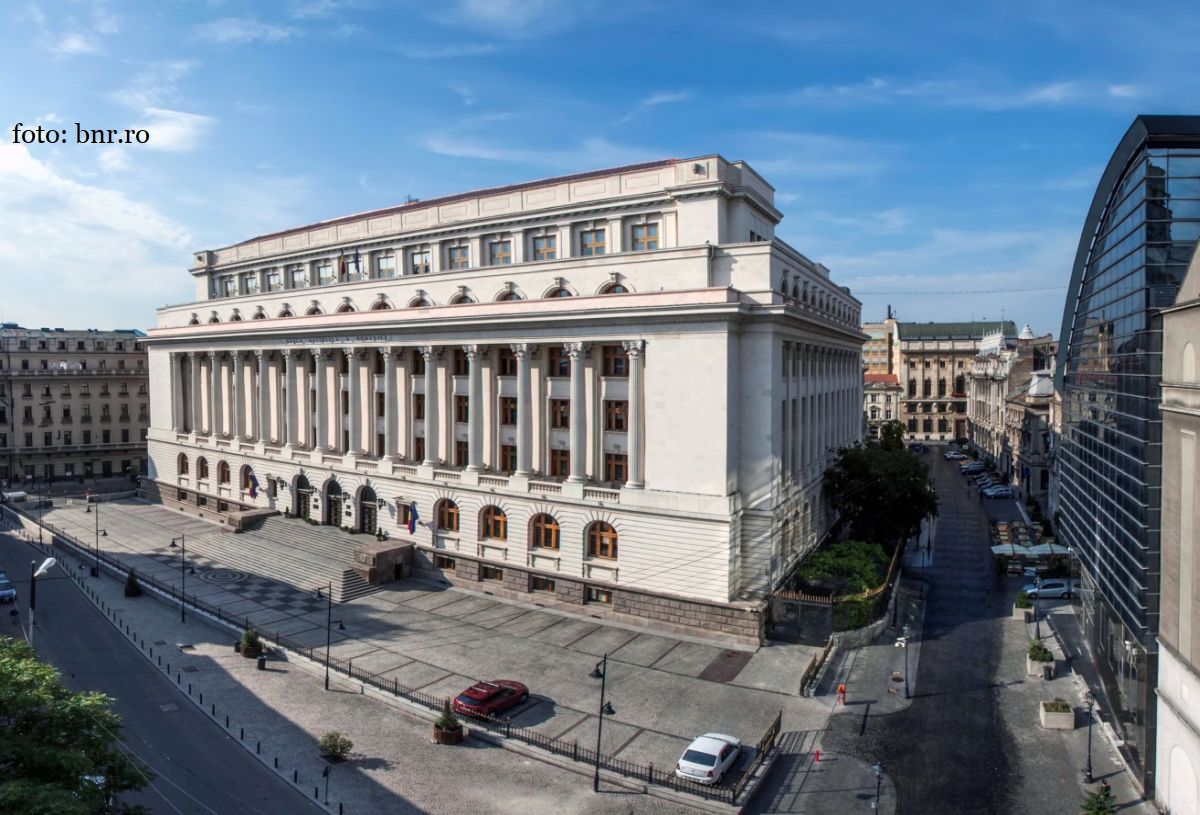The first tranche of money provided under the National Recovery and Resilie
Romania has received a first tranche of money under the National Recovery and Resilience Plan, which is granted according to the criterion of compliance with established targets which amount to a total of 507.

Corina Cristea, 03.12.2021, 14:00
Romania will benefit from a total funding of 29.2 billion Euros under the Recovery and Resilience Mechanism to finance the reforms and investments included in the National Recovery and Resilience Plan. More exactly, it is a grant of 14.24 billion Euros and a funding of 14.942 billion Euros, provided on favorable terms – i.e. in the form of low-interest loans, guaranteed by the European Commission. On Thursday, Brussels transferred to Bucharest the first 1.8 billion Euros, i.e. a pre-financing of 13% of the amount allocated to Romania. The rest of the total pre-financing of almost 3.8 billion Euros is to be transferred by the end of the year. With the pre-financing payment, the investments and reforms set by Romania under the National Recovery and Resilience Plan must be started – a plan structured on 6 pillars and divided into 15 components, meant to cover Romanias needs and to simultaneously follow the European Commissions priorities. In the chapter “Transition to the green economy”, Romania has proposed investments of 3.9 billion Euros for the modernization of railways, including with electrified equipment or without carbon emissions. In addition, 2.7 billion Euros will be invested in the renovation of public buildings and blocks of flats, to both insulate them and to make them more resistant to earthquakes.
The National Plan also provides for investments worth 1.5 billion Euros for the digitalization of the public administration, in such areas as justice, employment and social protection, the environment and the issuance of electronic identity cards for 8.5 million Romanians. In addition, 881 million Euros will go to the digitalization of education, for example, to improve the skills of teachers, the educational content and the digital equipment. There is also a chapter on strengthening economic and social resilience, which is meant to make Romania have a better decision-making process and better-supported taxation in the future. How can this be done? Through a consolidated budgetary framework, through reforms in the tax administration and the fiscal framework, through the reform of the pension system and through a better control of expenditures.
The plan also includes measures to improve the business environment by strengthening the independence of the judiciary, its quality and efficiency, combating corruption and achieving a predictable decision-making system. As to the health system, the plan provides for investments of two billion Euros in hospital infrastructure, and also in improving the education system in the field. In terms of national risk resistance, the plan also provides for the reform of the minimum inclusion income, which should simplify and improve social support for the most vulnerable and should also stimulate employment and professional training. For all these, the money will come in installments, depending on the fulfillment of certain objectives, which must be achieved by August 31, 2026. (LS)






























